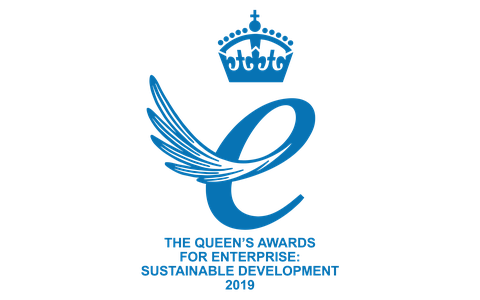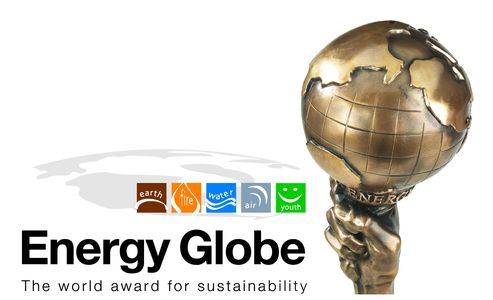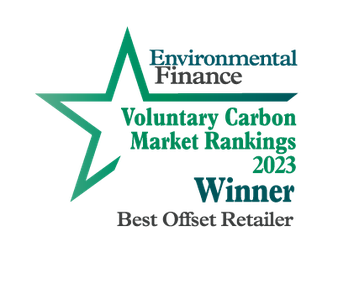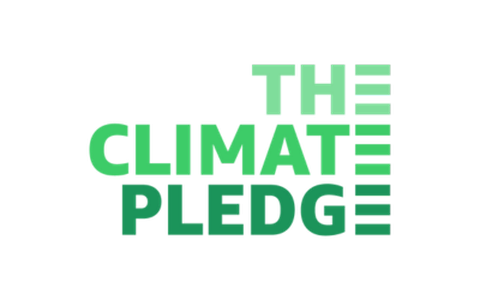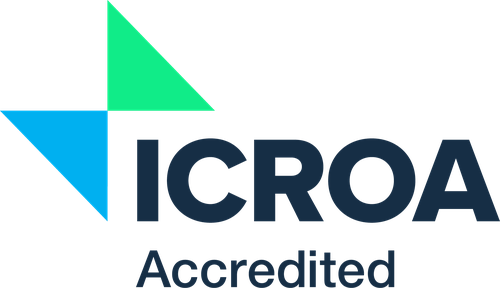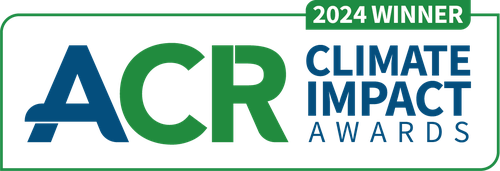Jonathan Shopley, Managing Director of External Affairs, writes about the evolution of the Voluntary Carbon Market and what may be in store for its future – particularly in the wake of COP28 announcements.
Read a longer version of this article in IETA’s latest GHG report.
Filling the gap
The first privately-funded carbon offset is lost in the fog of time, but it’s likely to have been a reforestation project sometime after the Intergovernmental Panel on Climate Change’s (IPCC) First Assessment Report in 1990, before the Kyoto Protocol enshrined the idea of a global carbon market to allocate capital to where it could have the greatest impact.
By today’s standards, the quality and integrity of the early VCM was in its infancy, but as with any evolving market, mechanisms started to come into force. While the market waited for Kyoto’s much-anticipated Clean Development Mechanism (CDM) to take effect, private capital continued to flow as investors enthusiastically backed early renewable and nature-based emissions reduction projects.
However, the CDM could not deliver and withered away, leaving behind a framework that was picked up by the voluntary standards, which backfilled low ambition at a national level by enabling corporates to take voluntary action ahead of, and beyond, regulation and compliance.
In the long period waiting for 2015’s Paris Agreement, standards sprung up to offer buyers a credible means of reducing and avoiding emissions in places that decarbonization couldn’t reach; ICROA was formed to establish best practices for companies operating in the market; and new and innovative methodologies and approaches to financing were developed.
Even after COP21 in Paris heralded a new era of political cooperation, the VCM continued to grow in scale and sophistication, from the bottom up – delivering immediate impact, even during the six years between the Paris Agreement being struck and coming into full force (2021). More and more companies – including more than half of the Fortune Global 500 – made significant climate pledges, many to net zero emissions. According to Ecosystem Marketplace research, the market for voluntary credits had grown to $2.1bn in 2021, with transactions covering 518.3 megatons of CO2e – representing roughly sixfold growth since 2014.
Recognizing the impact of the VCM and its role in scaling climate action, the Integrity Council for the Voluntary Carbon Market (ICVCM) and Voluntary Carbon Market Integrity Initiative (VCMI) began their work to address points of weakness – from both a supply and demand perspective. Ratings agencies and specialized insurance products also started to spring up, bringing further maturity.
Growing pains
Now, the VCM is at a crossroads. On the one hand, its rapid expansion in 2020 and 2021 came to a temporary halt amid deteriorating macroeconomic conditions and intense media scrutiny over its integrity. Trove Research recorded a 14% drop in issuances in 2022.
While any system must be held to account, we must also recognize that this is a solution delivering action and results now, and continuous improvement is critical as the market evolves and works through its growing pains - acknowledging its vast impact on both climate and communities.
Now the voluntary market faces the prospect of the UNFCCC-backed Article 6.4 mechanism coming into force in possibly the next few years, providing a structure for a carbon credit market on which emission reductions or removals can be transferred internationally. Many hope this will finally create a compliance market with the scale, integrity and transparency that deep and rapid climate action requires - unfortunately there was a lack of consensus at COP28 and Parties failed to adopt texts relating to Article 6.4, delaying it further.
It is also possible that the primary means of international carbon trading will be under Article 6.2, which facilitates decentralized, bilateral agreements between states to trade Internationally Transferred Mitigation Outcomes (ITMOs). Here, there are already signs that voluntary market credits could be used, such as Singapore’s decision to recognize credits issued by Gold Standard and Verra for use as offsets against carbon taxes under Article 6.2 agreements. While there was also a lack of consensus on Article 6.2 at COP28, it will continue to be implemented.
The VCM of the future
The voluntary markets story of the last couple of years has been revolution.
In September 2021, the Taskforce on Scaling Voluntary Carbon Markets, an influential group of financiers led by former central bank chief Mark Carney, began pushing for the creation of a deep, highly liquid, and crucially commoditized voluntary market for carbon.
The Taskforce led to the creation of the ICVCM, which in March 2023 set out its 10 Core Carbon Principles (CCPs) for high-quality credits, and in July 2023 released detailed assessment criteria for whether carbon-crediting programs and carbon project categories meet those principles.
At much the same time, the VCMI formed to offer best-in-class guidance to corporate buyers of carbon credits on how they should make a high integrity claim that reflects carbon credit use, integrates with ambitious decarbonization, and puts it in the context of global net zero. This adds to work already being done by the Science-Based Targets Initiative (SBTI), which calls for stricter, more transparent decarbonization targets by companies.
Market participants, including the carbon standards, are embracing this revolution. The result is that, in both quality and integrity, the voluntary market is converging in many respects with what we’re likely to see in the UN-backed market, with the prospect that buyers in each market will have access to a single pool of fungible credits.
This has huge implications. A commoditized mass market would enable price discovery, allow project investors to reduce their risk exposure, and provide a price benchmark for projects that provide benefits beyond carbon. IETA’s research with the University of Maryland found that a single, global, transparent market for countries to reach their Nationally Determined Contributions (NDCs) collaboratively would double emissions reductions.
That same logic applies to the voluntary market. With integrity and efficiency, demand will follow - this must be reflected in prices, ensuring they are high enough to incentivise internal reductions and to ensure VCM projects can thrive and scale.
If successful, producing credits that all buyers could use, voluntary and compliance alike, the reinvigorated VCM could be a runway for Article 6.4 implementation, offering future buyers a well-developed, securitised market. But its story needn’t end there. The VCM can continue to play a complementary role in a Paris-aligned world, by harnessing the power of private capital.
There are various reasons to believe this will be the case. On the supply side, governments in host countries may well choose not to authorize projects for Article 6.4, if the quality and price of voluntary carbon credits is high enough, because those credits sold abroad come with a cost: the corresponding adjustment to their own NDC.
On the demand side, companies may continue to choose to buy high-quality voluntary carbon credits over A6.4 units, if they bring greater flexibility and if they can tell a better story about the co-benefits. Indeed, it’s possible that voluntary credits of this type will command a significant price premium.
Demand for voluntary credits could be strengthened further if digital innovation using AI, blockchain, remote sensing and big data management can reduce friction, for example reducing time and cost to approve, verify and validate projects, and improve transparency and interoperability between different registries. Such innovation diffusion is exactly what competitive private markets excel at.
Challenges Remain
This is one possible future. There is uncertainty over the status of corresponding adjustments – introduced to Article 6 to prevent double-counting – in the voluntary markets, with many including IETA believing they are unnecessary so long as national and corporate accounting remain separate.
And there is debate over the acceptable language for those that buy and retire credits: can they continue to say their credit has offset their emissions, compensating for emissions they can’t avoid, or must they say they have made contributions to emissions reductions within a country through carbon finance for projects?
Much lies with the decisions taken by host countries, several of which like Indonesia and Honduras placed a hold on the sale or export of voluntary carbon project credits while the new landscape takes shape.
There are also challenges to ensure that while the new standards such as VCMI claims build integrity, they do not remove the on-ramp that allows all companies to take immediate action, allowing them to improve and raise ambition over time.
COP28: a bundle of surprises for the VCM
COP28 has concluded, marking what is set to be an exciting new phase for the Voluntary Carbon Market. Some took to calling the official Finance Day, the Day of the Voluntary Carbon Market owing to a plethora of announcements including:
- The COP presidency hosted its own Voluntary Carbon Market roundtable, where supportive comments were shared by the UNFCCC's Executive Secretary, the World Bank president, and the US climate envoy including a comment saying: "No developing country who wants to use voluntary carbon markets should be left behind" - we agree.
- Six carbon standards - Verra, Gold Standard, ACR at Winrock International, Climate Action Registry, Global Carbon Council, and Architecture for REDD+ Transactions - announced a collaboration to increase the impact of activities under their standards.
- VCMI, SBTI, Greenhouse Gas Protocol (GHG Protocol), and The Integrity Council for the Voluntary Carbon Market (ICVCM), together with CDP and We Mean Business Coalition, said they will cooperate on establishing an end-to-end integrity framework that provides consistent guidance on decarbonization - confusion is now being replaced with confidence.
However, questions remain over Article 6.
We will be discussing these updates and more during our Final COPTake – a fireside style chat between myself and our chief marketing officer Rebecca Fay. Sign up here.

Even after COP21 in Paris heralded a new era of political cooperation, the VCM continued to grow in scale and sophistication, from the bottom up – delivering immediate impact, even during the six years between the Paris Agreement being struck and coming into full force (2021).

